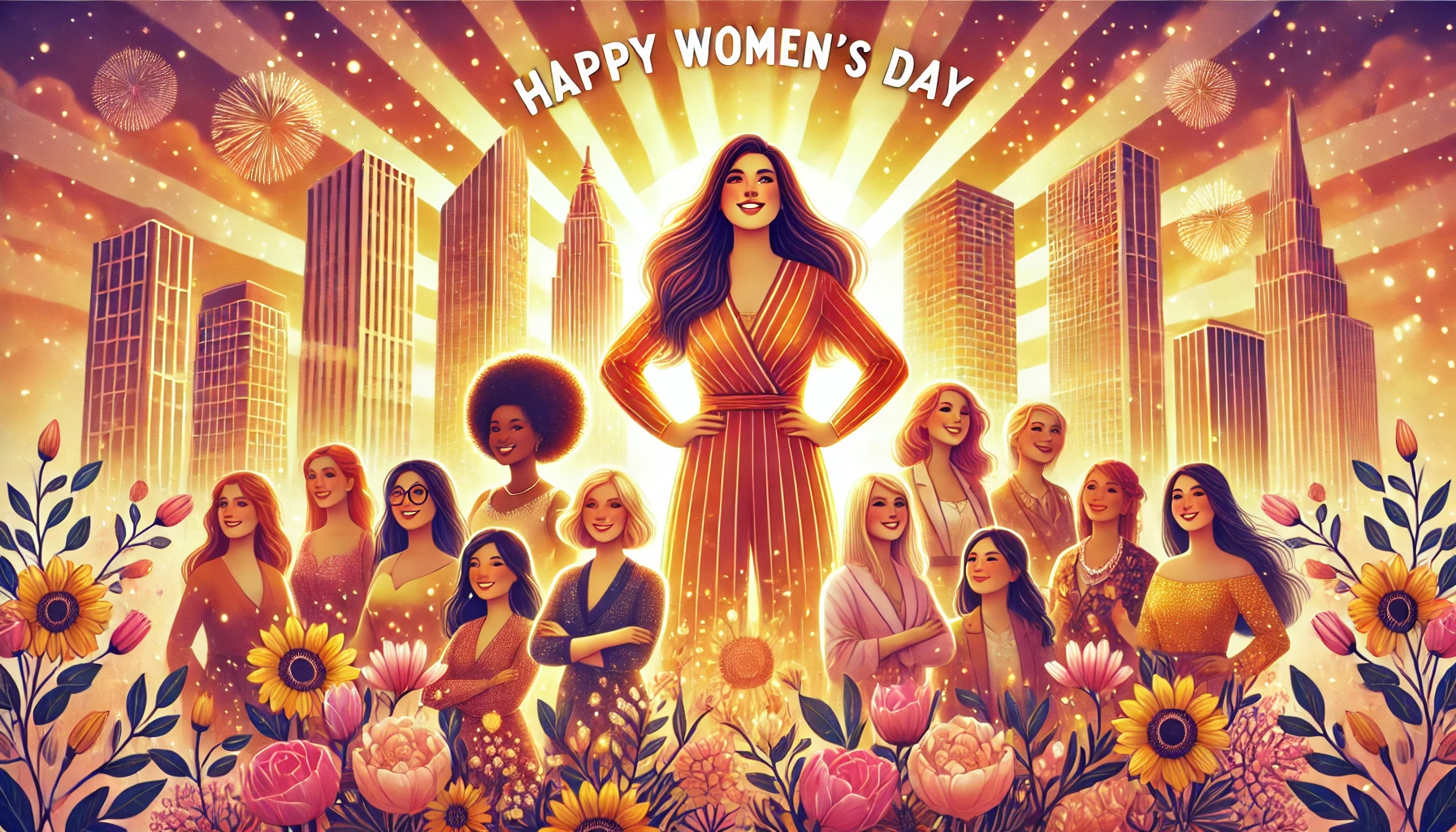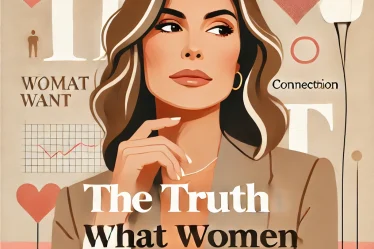
Women’s Day Special: A Journey Through the Lives and Struggles of Women Across the World
Women’s Day is more than just a celebration—it is a reminder of the resilience, strength, and struggles of women across the world. From fighting for equal pay in the United States to overcoming education barriers in Afghanistan, women everywhere face unique challenges shaped by their cultural, social, and economic environments. Despite these hurdles, they continue to break barriers, redefine norms, and inspire change.
This article takes you on a journey through the lives of women from different parts of the world, highlighting their struggles and triumphs.
1. Women in South Asia: Strength Amidst Adversity
India: Breaking Barriers in a Patriarchal Society
India, a country of rich heritage and diversity, still grapples with gender inequality. Women face challenges like dowry-related violence, honor killings, and workplace discrimination. Education has improved, but millions of girls still drop out due to societal norms. However, Indian women like Kalpana Chawla, Indira Gandhi, and Malala Yousafzai (who was born in Pakistan but is an inspiration for South Asian women) have proven that resilience can defy all odds. The rise of women entrepreneurs and leaders like Nirmala Sitharaman is a sign of progress, but there’s still a long way to go.
Pakistan: Battling for Education and Rights
In Pakistan, women continue to struggle for fundamental rights such as education and freedom of choice. Early marriages, gender-based violence, and societal restrictions limit their potential. However, activists like Malala Yousafzai and Asma Jahangir have been instrumental in bringing global attention to these issues. Today, women in Pakistan are making strides in politics, business, and sports, proving that change is possible despite the obstacles.
Bangladesh: Women as Economic Drivers
Bangladesh has made remarkable progress in empowering women, especially in the garment industry, where millions contribute to the economy. However, issues like child marriage, domestic violence, and workplace harassment still persist. Leaders like Sheikh Hasina have played a crucial role in improving women’s rights, but gender-based violence and societal norms remain significant challenges.
Nepal and Sri Lanka: Women at the Crossroads of Tradition and Modernity
In Nepal, women have gained political representation but still face issues like human trafficking and domestic violence. Sri Lanka, despite having had the world’s first female prime minister, struggles with gender-based violence and wage disparities. Education and legal reforms are helping, but deep-rooted cultural biases continue to hold women back.
2. Women in Afghanistan: A Struggle for Survival
Afghan women face some of the world’s harshest gender restrictions, especially after the Taliban regained control. Education, employment, and even basic freedoms have been stripped away, pushing them back into the shadows. However, many Afghan women continue to resist, using social media and global platforms to raise their voices. The world watches as their fight for freedom continues.
3. Women in Turkey and the Middle East: Pushing Against Conservative Norms
Turkey, a bridge between the East and West, has a complex gender dynamic. While women have legal rights, honor killings, domestic violence, and restrictions on personal freedoms still persist. The feminist movement in Turkey has been growing, demanding justice and equality. In other Middle Eastern countries, women’s rights vary significantly, with Saudi Arabia recently granting women the right to drive and participate in the workforce, signaling slow but crucial progress.
4. Women in China and Japan: Balancing Tradition and Modern Challenges
China: Women in a Fast-Paced Economy
China has seen rapid economic growth, and women have played a crucial role in its workforce. However, gender discrimination in employment, societal pressure to marry young, and the leftover stigma of the one-child policy still impact women. The feminist movement in China, despite heavy censorship, continues to fight for workplace equality and against sexual harassment.
Japan: Gender Roles in a Modern Society
Japan, despite being a technologically advanced nation, still enforces traditional gender roles. Women often struggle with career advancement due to the “glass ceiling,” and societal expectations push them toward domestic roles. The country has one of the lowest female workforce participation rates among developed nations, though changing mindsets are gradually shifting the landscape.
5. Women in Africa: Overcoming Deep-Rooted Challenges
Women in African countries face unique struggles, including child marriages, gender-based violence, and lack of access to education and healthcare. However, female leaders like Ellen Johnson Sirleaf (Liberia’s first female president) have shown that women can lead and inspire. Movements against female genital mutilation (FGM) and for education are gaining momentum, offering hope for a better future.
6. Women in the United States and the United Kingdom: Fighting for Equality in the Modern World
United States: The Battle for Equal Pay and Reproductive Rights
Women in the US have made significant progress in politics, business, and social reforms. However, the gender wage gap, workplace discrimination, and debates over reproductive rights continue to be major issues. The #MeToo movement has brought global attention to sexual harassment, showing that even in developed nations, women must still fight for their rights.
United Kingdom: Women in Leadership but Still Facing Bias
The UK has seen strong female leaders, including Margaret Thatcher and Theresa May. However, women continue to face challenges such as workplace inequality, domestic violence, and societal expectations. Gender pay gaps and the fight for better maternity rights remain ongoing struggles.
7. Women in Latin America: A Fight Against Gender Violence
In countries like Mexico, Brazil, and Argentina, femicide rates are alarmingly high. Women are taking to the streets in massive protests, demanding an end to gender-based violence. The rise of female leaders and activists is pushing governments to implement stronger laws for women’s protection and equality.
8. The Global Movement for Women’s Rights: A Collective Effort
While the struggles of women vary from country to country, one thing remains constant: the fight for gender equality is far from over. Education, legal reforms, and feminist movements across the world are pushing for change. From women leading protests in Iran to those breaking barriers in STEM fields globally, progress is being made—though it is often slow and met with resistance.
Women’s Day is a reminder of how far we have come and how much more needs to be done. Every woman, regardless of where she is born, deserves equality, respect, and freedom. As we celebrate this day, let us also commit to supporting the women around us in their fight for a fair and just world.
Happy Women’s Day!



